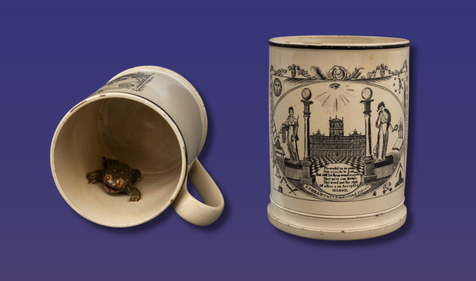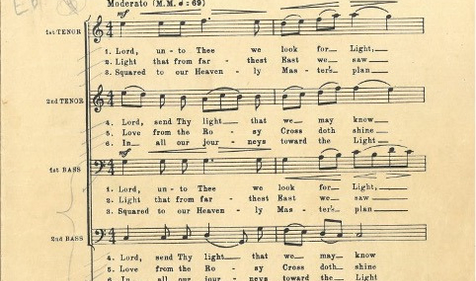The history of Freemasonry is rich with accomplished Brothers, including many famous athletes. Learn about famous Masonic athletes on our blog.
As one of the oldest fraternal organizations in the world, Freemasons have time and time again left their mark on history. From politics and entertainment to medicine and space, Brothers have climbed the ranks of all areas of our past and modern world - including sports. Continuing on our Sporting Gold series of Masonic athletes, these Freemasons have found fame in their respective “fields” and have left a legacy to be admired by Freemasons and fans alike:
Honus Wagner:
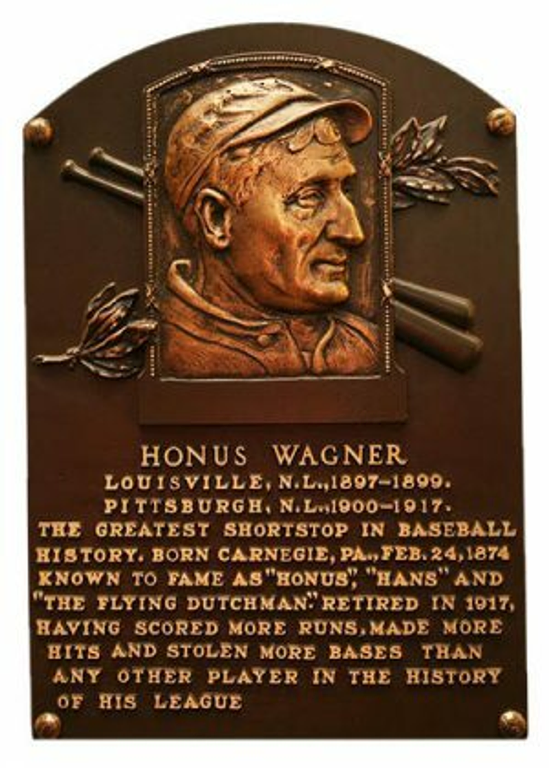
Born in 1874, Johannes Peter “Honus” Wagner, nicknamed “The Flying Dutchman” because of his speed and German heritage, was an American shortstop who was a Brother of Centennial Lodge No. 544 in Carnegie, Pennsylvania.
Wagner was initiated into the craft on May 19, 1919 where he was raised alongside 700 other Masons, the largest single initiation ever for the Centennial Lodge No. 544.
Wagner played 21 seasons of Major League Baseball, playing for the Louisville Colonels and, later, the Pittsburgh Pirates where he spent most of his career as the star shortstop. In addition to his shortstop acclaim, Brother Wagner was well-known for his tremendous speed and aptitude at the plate. He was the first player ever to be credited with the first official steals of second, third, and home base. He also led the Majors during his career in hits, runs, doubles, total bases, extra-base hits, runs batted in, stolen bases, batting average, on-base percentage, and slugging percentage.
In 1936, Brother Wagner became one of the first of five members to ever be inducted into the Baseball Hall of Fame. He received the second-highest vote total, trailing behind Freemason Ty Cobb and tied with Babe Ruth. Even though Cobb is often recognized as the greatest player of the dead-ball era, most baseball historians today consider Wagner to be the better all-around player and the greatest shortstop ever.

Brother Ty Cobb himself called Wagner, “maybe the greatest star ever to take the diamond.” In addition, Wagner is the featured player of one of the rarest and most valuable baseball cards in the world. The 1909-11 T206 Honus Wagner set a new world record price for a baseball card, selling for $3.12 million through Goldin Auctions.
John Elway Jr.

This Brother was born with football in his blood; the son of a prestigious football coach, John Elway Jr. found football acclaim beginning in high school where he compiled a record that included 5,711 yards passing for some 49 touchdowns! He later attended Stanford University where he made a name for himself as the team’s sophomore starting quarterback, a university career that led him to being a top prospect in the NFL draft his senior year.
First drafted by the Baltimore Colts, he was quickly traded to the Denver Broncos and his famous football legacy began. He served as quarterback of the Broncos for 16 seasons and is well regarded as the leader that brought the team to five Super Bowl and two World Championship titles. One of the most decorated quarterbacks of all time, Brother Elway became the second player in NFL history to throw over 50,000 yards, and topped the NFL in victories for a starting quarterback and in rushing attempts by a quarterback.
In addition to his all-league honors, he was named the NFL’s Most Valuable Player in 1987, AFC Offensive Player of the Year in 1993, and Super Bowl XXXIII’s Most Valuable Player. Despite the fact that he retired from football at the top of his game in 1999, he remains committed to his Bronco family. Today, he currently serves as the General Manager of the team. He also carries his Masonic values as founder of the John Elway Foundation, which raises money to help abused children.
On February 22 and 23, 2002, a few years following his professional football career, John Elway Jr. joined Freemasonry during the Grand Lodge of Colorado’s two-day class. He passed his proficiency on June 28, 2002 and is today described as a “perpetual member” of South Denver Masonic Lodge No. 93.
Sugar Ray Robinson
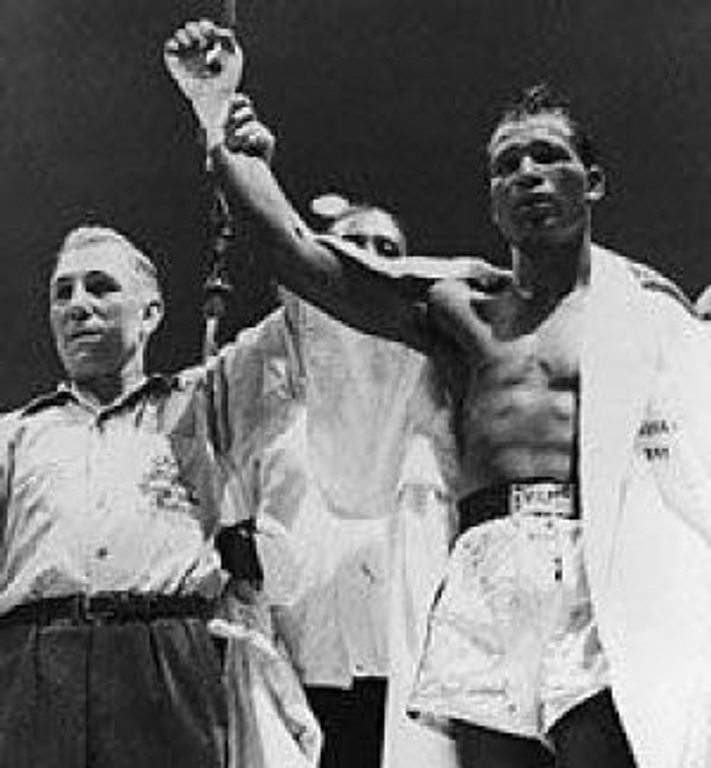
Born Walker Smith Jr. in Ailey, Ga. on May 3, 1921, Brother Robinson first found his love for boxing as a teenager training at a Harlem gym. As he started to get better, his natural talent in the ring attracted a notable crowd where his future coach, George Gainford, first saw him fight. An early look at the future champ prompted Gainford to say he was "sweet as sugar," giving birth to his ringside nickname.
At just 19 years old in 1940, Sugar Ray joined the ranks of professional boxers. Two short years later, he was named Boxer of the Year and by 1946 was named the world welterweight champion, a title he held for five years. By the time he retired in the mid-1960s, Brother Robinson had also taken the world middleweight title (held five times between 1951-1960) and held a career record of 128-1-2 with 84 knockouts. World Champion Muhammad Ali called him, “the king, the master, my idol.”
Brother Robinson’s Masonic membership remains, to this day, somewhat of a mystery, yet most sources cite Sugar Ray as a Prince Hall Mason and Brother of the Joppa Lodge #55 in New York City. Nevertheless, Brother Robinson was a man who led by example, often donating his boxing earnings to charity. Most notably, after defeating opponent Jimmy Doyle, who died as a result of the match, Brother Robinson collected earnings from his next four fights to buy a house for Doyle’s mother, fulfilling Doyle’s promise and dying wish.
Scottie Pippen
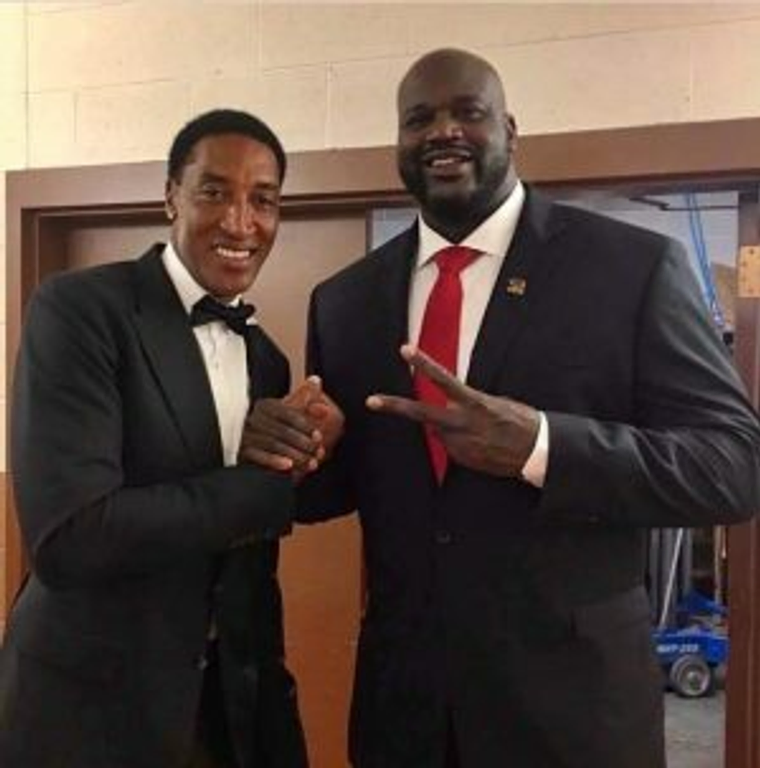
Even non-basketball fans can remember the Chicago Bulls historic run of six National Championship titles between 1991 and 1998. While many Masons might think of this time and remember Michael Jordan, it’d be remiss to not acknowledge Brother Scottie Pippen’s contributions to one of the NBA’s great dynasties.
Brother Pippen was born on September 25, 1965 in Hamburg, Arkansas. As one of 11 siblings, Scottie’s basketball career began humbly compared to many other renowned players. He earned his start as walk-on recruit at the University of Central Arkansas, a university outside of the prestigious NCAA division - making his #8 NBA draft pick even more impressive.
During his professional career, Brother Pippen played 17 seasons in the NBA where he won six National Championships with the Chicago Bulls alongside a series of other accolades, including: 7-time NBA All Star player, named one of the 50 greatest players in NBA history, one of four players to have his Chicago Bulls jersey retired (ironically but unrelated, #33), and is the only player to have won an NBA title and Olympic Gold medal in the same year. Today, he is considered one of the greatest small forwards of all time and is credited, alongside the rest of the 1990s Chicago Bulls team, with popularizing basketball around the world.
While Brother Pippen has said little about his Masonic career, he is reported to be a Prince Hall Mason of the Unity Lodge No.454 in Arkansas.
Freemasons are Masters of their craft, often in more ways than one. The achievements of our Brothers past and present, like the Masonic athletes mentioned above, continue to inspire our fraternity and leave a legacy for men everywhere to aspire to.
Want to learn about other Famous Freemasons? Check out our other blogs:
Sporting Gold: Masonic Athletes (Pt. I)
Mozart: The Musical Freemason
Among the Stars: Masonic Astronauts
Related Stories
Discover additional Scottish Rite blogs and news on this topic.

